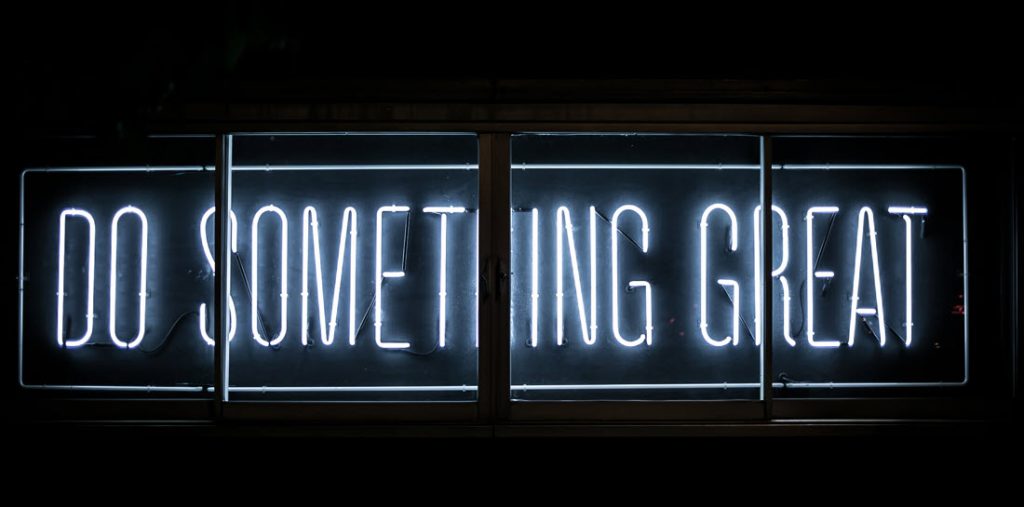Everyone’s talking about ‘deinfluencers’ at the moment. It’s a huge trend on TikTok, but is it something brands should be worried about?
Deinfluencers are really just influencers – only they’re influencing people to avoid certain brands or products, rather than promoting them.
It’s not necessarily a phenomenon that’s targeted at specific brands either. Do a quick search of TikTok, and you’ll find that many deinfluencers are trying to influence consumer trends or consumers’ relationships to entire sectors – rather than targeting individual brands (although sometimes they do this too).
What’s trending on TikTok?
The majority of the content can be found under #deinfluencing, which currently has almost 425 million views. It’s the hashtag where you’ll find most of the brand callouts.
#antihaul has more than 62 million views and is a response to the trend of showing shopping hauls, where creators share videos of bags of items they’ve bought (or unpack a lot of online orders they’ve received).
Then there’s #consciousconsumerism (which has over 12 million views). Here, content creators urge their followers to be more thoughtful about their purchases – where do the products come from? Do they really want or need the items (or are they just spending due to FOMO or because the algorithm made them do it?).
The communities that have built up around these hashtags also participate in challenges, like #lowbuy – which asks people to reduce consumption (and has more than four million views) and #nobuy where the challenge is to buy nothing (these videos have just over 18 million views at the moment).
The main sectors being targeted right now are fast-fashion and beauty. You can also find videos that discuss problematic authors and focus on books, pet care and cookware items.
Videos tend to be called things like “things that TikTok make us think are normal, but really aren’t”.
Types of deinfluencer content
When trying to deinfluence, creators usually come at the topic from five main perspectives.
1. Championing authenticity
Influencers giving a genuine look at the product. Instead of creating a TikTok video showcasing the item, they create a more objective video that looks at the product’s strengths and weaknesses.
Some brands are already embracing the “honest review” type of content – for example, on YouTube, the EA Creator Network gives creators who are part of the programme early access to new Sims 4 game content. These creators then give their first impressions, which aren’t always favourable. Fans get to see new gameplay before they buy, which helps them make the right decision for them.
2. Tackling overconsumption
Some content creators approach their content from a viewpoint of reducing waste and unnecessary consumption. The idea is, you only buy what you really want or need, rather than buying because something is on trend or because “TikTok made me”.
3. Fighting back against unethical labour
People are paying a lot more attention to the origins of the things they buy. Deinfluencers are talking about how people are exploited in some sections of the manufacturing process when it comes to areas like the fast-fashion and beauty sector.
4. General anti-consumerism
The cost-of-living crisis is still impacting many countries. Many people are struggling to afford the basics, only to go onto social media and see ads and sponsored content urging them to buy more things – many of them beyond the essentials that they are struggling to afford. Deinfluencers are giving people permission to feel angry about this disconnect – and to opt out of the cycle of consumption without feeling like a failure or an outsider.
5. Traditional influencing
Some deinfluencers are being critical of products and brands while also suggesting alternatives to their followers. For many, this could be a way for them to be genuinely helpful, for example, by suggesting a more ethical or sustainable product in place of a mainstream one. Some people may see this as just a way to slate your brand partner’s competitor and influence in a slightly sneaky way, but the majority of deinfluencing seems to stem from a genuine desire to do good.
Why are creators making deinfluencer content?
Influencers and content creators often rely on their social media work for at least part of their income. Some may create content as a side hustle, but for others, it’s their full-time job. With many of their followers struggling to afford the basics, it makes sense that some creators would switch to promoting more conscious consumption – or even turn to anti-consumerism to keep relatable and relevant to their communities.
There are also many people who are passionate about offering their followers affordable, sustainable and ethical options (as well as helping them create a new relationship with shopping).
And, of course, there will be some jumping on the trend.
Deinfluencers aren’t necessarily a risk to brands
Deinfluencers don’t have to be a risk to a brand – in fact, it could be an opportunity to understand what’s driving the trend in the first place.
Creators are posting this type of content because there’s a demand for it. Millions of people are watching and commenting on deinfluencer TikToks because they’re tapping into what many consumers are thinking and feeling.
As for how to respond to the deinfluencer trend, I would suggest that brands:
- Listen to the trend, and use it to understand how people are feeling about your brand or product. Use insights from this to get your tone of voice right and review your own content.
- Be authentic and stay close to your values. If you believe in what you’re promoting, so will your followers.
- Explore ways to work with your influencers to promote conscious consumption in line with your brand’s values.
And if you do come up against a deinfluencer campaign, you’ll deal with it far better if you are certain you are behaving in line with your values.
–







